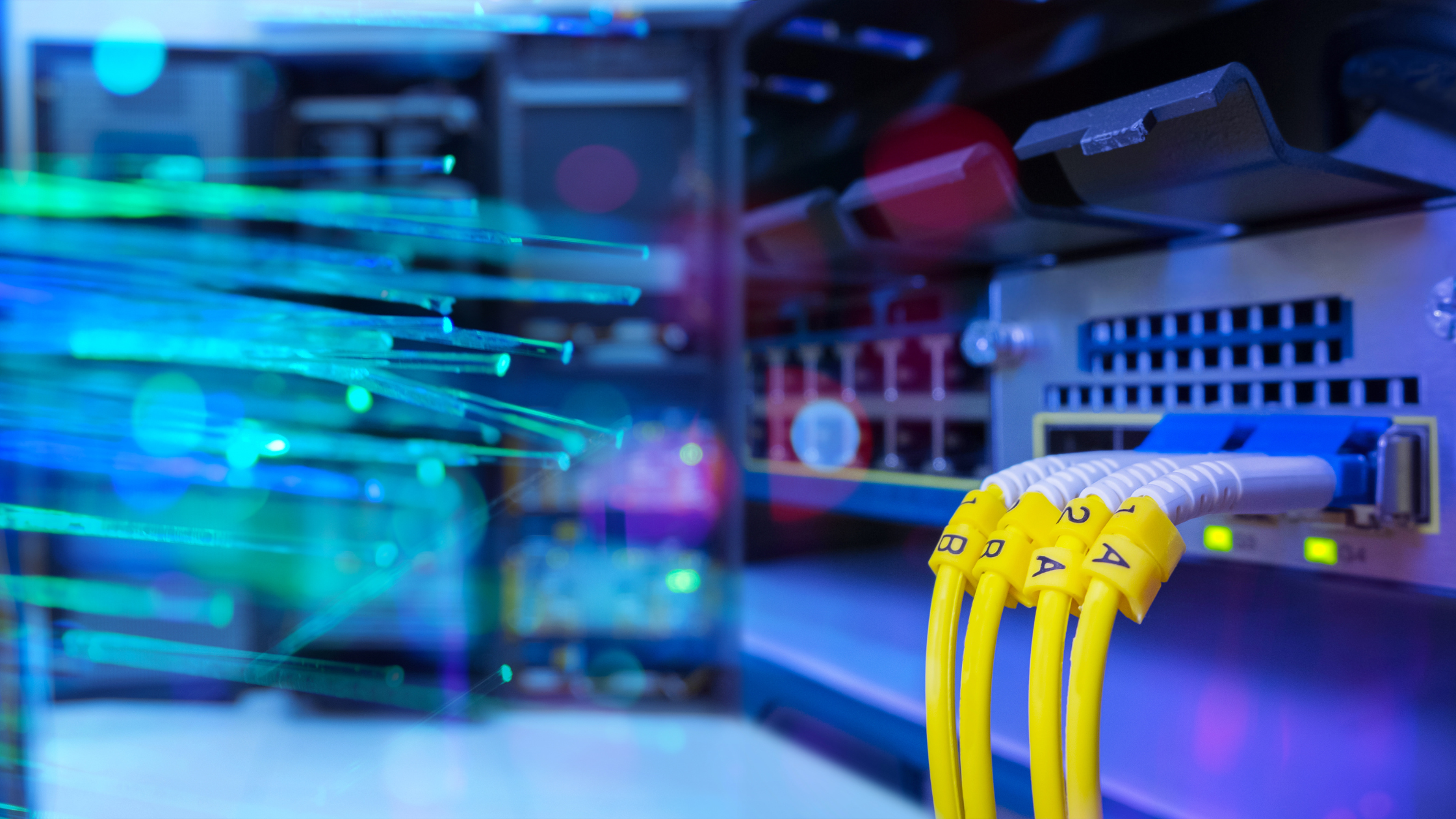
With security top of mind for many Australians, following several high-profile data breaches in recent years, organisations are naturally keen to ensure that their environments are able to prevent similar incidents.
One thing that is often overlooked but plays a pivotal role in safeguarding our data is data cabling.
At Elam, as data cablers, our focus is on ensuring the safety and security of our clients’ data transmission. We navigate the intricacies of cable types, carefully selecting between fibre optic and copper cables in a way that not only provides leading standards for connectivity and data transfer, but also meets their stringent security needs.
The Superior Shield: Fibre Optic Cables in Security
The journey into the realm of data cabling is a story of choosing the right cables, and for network security, fibre optic cables take center stage.
Fibre Optic Cables: Fibre optic cables one of the strongest defences against external attack as they are immune to electromagnetic interference. Choosing fibre optic cables significantly boosts the security of a network, creating a strong barrier against potential threats.
The Unmatched Resilience: Physical Security and Fibre Optics
Exposed and disorganised cables become a thing of the past with fibre optic cabling. This neatness not only enhances aesthetics but also forms a fundamental defence against unauthorised access and inadvertent disconnections, ensuring the integrity of the network’s physical security.
Future-Proofing Through Fibre: Scalability and Adaptability
Fibre optic cables are also highly scalable and adaptable; laying the foundation for a network that can continue to evolve, securely, into the future, as needs evolve.
Scalability: Scalability with fibre optics ensures that the network can expand without compromising security. Adding new devices or accommodating increased traffic becomes a seamless process, safeguarding against errors and vulnerabilities that often accompany rapid expansion.
Future-Proofing: The cabling infrastructure, fortified by fibre optic cables, not only meets current needs but anticipates and integrates seamlessly with future advancements. It’s akin to building a bridge that effortlessly carries the traffic of today and adapts to the demands of tomorrow.
Best Practices for Enhanced Security
While fibre optic cables are secure, there are several things that you can (and should) be doing to ensure that your environment remains as protected as possible.
Regular Audits: Regular audits of the fibre optic cabling infrastructure ensure that potential vulnerabilities are unearthed and can be addressed promptly. This proactive approach maintains a resilient network, guarding against potential security breaches.
Cable Management: Neatness and precision define the mantra of cable management with fibre optics. Properly organised fibre optic cables not only reduce the risk of accidental disconnections but also contribute to a network that is readily able to detect any unauthorised tampering.
Encryption: You should also ensure that any data that you send across your fibre optic cables is properly encrypted. That was, if a malicious actor gains physical access to the cables and is able to intercept the data, they’re still not going to be able to decipher what is in the data. There are many tools that do this, but one of the simplest (and yet most effective), is a high-quality VPN. Make sure that you always have one turned on when working online.
Ready to step up your security game? Just give Elam a call today. We’re here to make sure your data stays safe and sound in the digital world.
